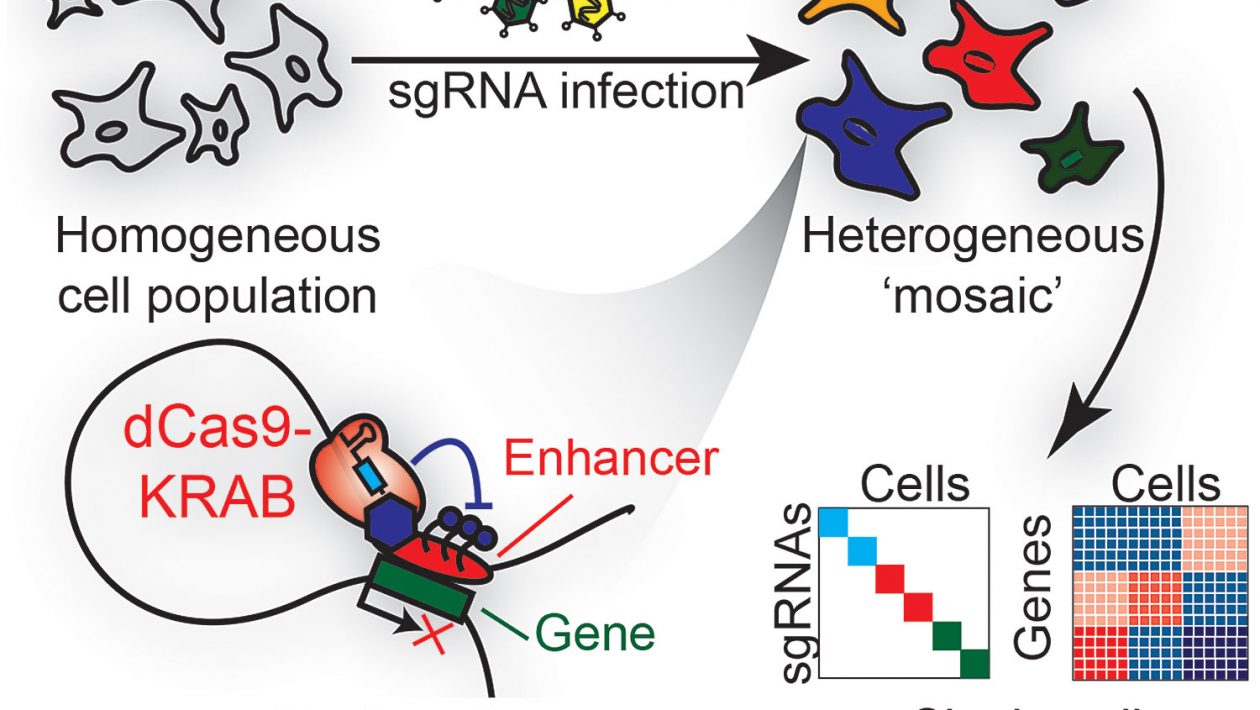INTRODUCTION
Single-cell technologies offer unprecedented capabilities to understand single cells at great depth. Due to the precision and versatility of scRNA seq analysis numerous ground-breaking experiments have been conducted that have successfully explored cell heterogeneity, identified rare cell states and reconstructed key developmental trajectories (Birnbaum 2018). ScRNA-seq has become the go-to method for identifying novel cell types and improved precision with which regulatory networks can be studied and described (Satija et al. 2015). With increasing application scRNA-seq has been critically evaluated such that guidelines for which options are available and their associated strengths and weaknesses makes it easier to plan and execute scRNA-seq experiments (Svensson et al. 2017, Ziegenhain et al. 2017).
Studying cell heterogeneity
The ability to study many individual cells in parallel begets the most important advantage of scRNA sequencing, studying cell heterogeneity within a given cell population (Haque et al. 2017). Studies focusing on highly diverse cells reported incredible high levels of heterogeneity in, for example, immune and embryonic cells (Blakeley et al. 2015, Stubbington et al. 2016). Thus, the ability to conduct heterogeneity analysis remains the main reasons behind scRNA-seq studies (Haque et al. 2017). ScRNA-seq analysis of T lymphocytes showed that these cells express such highly diverse T-cell receptor such that each cell is virtually unique (Stubbington et al. 2016). During early phases of embryology cells are highly heterogeneous that understanding embryology essentially requires single cell profiles (Blakeley et al. 2015). ScRNA-seq has also led to impressive strides in the inner workings of the neonatal inner ear, revealing divergence in auditory and vestibular cells (Burns et al. 2015)
Detection of rare/unknown cell states
With many curable diseases early detection is important for a positive prognosis; this is especially the case in diseases such as cancers. Performing scRNA-seq analysis with techniques that favor large cell numbers, even with reduced depth, become ideal. Thus, sampling and analyzing hundreds or thousands of cells to scan for cell types that exist at < 1% of the total population can be achieved with techniques with throughputs as low at between 10,000 to 50,000 reads per cell (Jaitin et al. 2014). When it comes to analysis, unsupervised clustering techniques are advocated for since they do not restrict cell classification by using a priori information on classification (Haque et al. 2017). Rare malignant tumor cells have been successfully studied and identified within a tumor mass, allowing for increased precision in cancer diagnosis (Jaitin et al. 2014, Giustacchini et a. 2017). ScRNA-seq analysis of tumors have revealed detailed identifications of different tumor subclones with different genetic profiles which can provide explanations for different responses to treatment therapies (DiLoreto et al. 2017, Ellsworth et al. 2017, Gerber et al. 2017).
Reconstructing developmental trajectories
Fundamental questions during development focus on events that govern decision-making on cell fates. Single-cell RNA-seq has opened possibilities to collect individual cells along a time series such that a pseudo-temporal continuum can be construction to study trajectories of cells (Birnbaum 2018, Raj et al. 2018). Studying events that guide tissue regeneration after damage in plant roots revealed that the sequence of events followed the same order as those involved during ontogeny (Efroni et al. 2016). ScRNA-seq analysis of hematopoietic stem cells (HSCs) challenged the existing model on the mechanism of cell differentiation leads to mature erythroid, myeloid, or lymphoid lineages (Paul et al. 2015). To study patterning in the brain of zebrafish, Raj et al. (2018) used scRNA-seq to identify transcriptional populations involved in the patterning of the forebrain, midbrain, and hindbrain regions. ScRNA-seq analysis of human embryonic brain enabled a detailed map of distinct cell populations (traced through a pseudo-time course) linked to the development of cortical and mid/hindbrain cell types (Yao et al. 2017). The capabilities on scRNA-seq analysis hold great potential to fully understand evolutionary trajectories of vertebrate evolution through studies designed to interrogate the crux of Ontogeny recapitulates phylogeny. ScRNA-seq studies on model organisms (e.g. mouse and zebrafish) are providing some amazing insights towards this endeavor.
Ease of studying many cells at reasonable cost
The ability to study individual cells in-depth while also multiplexing such that thousands of cells can be studies in parallel makes scRNA-seq an ideal tool for studying complex diseases. Additionally, the cost associated with the tools and protocols optimized for large-scale scRNA-seq experiments is lower when considering the scale of experiments (Birnbaum 2018). A wide repertoire of protocols is available that encompass techniques suited for different levels of sensitivity and accuracy. These protocols are designed for accessibility, making experimental set-up simpler and cheaper (Birnbaum, 2018). Studies that critically analyzed the available protocols are readily available (e.g. Wu et al. 2014) thus making it easier to make informed decisions during experimental design. For example, when working with difficult to isolate cells, one might opt for options that offers great depth per cell, for example SMART-seq2 (Svensson et al. 2017, Ziegenhain et al. 2017).
CONCLUSION
Rapid technological developments in scRNA-seq analysis present an exciting chapter for different fields of molecular biology including clinical studies focused in diagnosis, prognosis and relapse monitoring. ScRNA-seq tools have already uncovered interesting snapshots into complex interactions among different cell type to improve our understanding of tissue function, disease phenotypes and neonatal cell decisions. With continuing revelations in clinical applications of scRNA-seq analysis, scRNA-seq promises to hold the key to some of the mysteries in the future of precision medicine. Over time the accessibility of scRNA-seq is increasing thus widening its application across my fields and among researchers with limited expertise.





